In Photos: Birds of Prey
In Photos: Birds of Prey
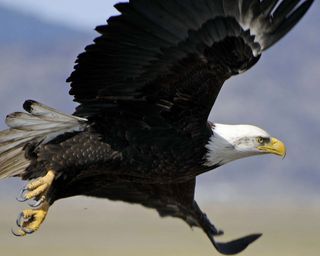
Birds of prey, including hawks, falcons, owls and eagles, such as the bald eagle above, are also known as raptors because they use their claws instead of their beaks to capture prey. They are meat-eaters with keen eyesight, easily able to spot small prey as they soar through the sky.
Northern Hawk Owl
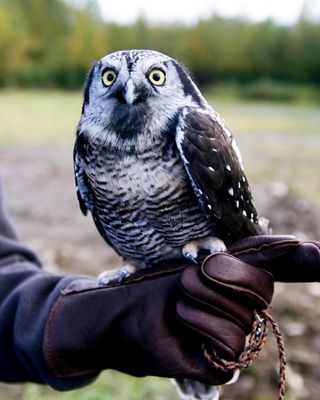
Although owls are known for being nocturnal, the above Northern hawk owl (Surnia ulula) mainly hunts during the day. The owl gets its name from its relatively flat head, long tail and hawk-like flight pattern, according to the Minnesota Department of Natural Resources.
Ferruginous Hawk
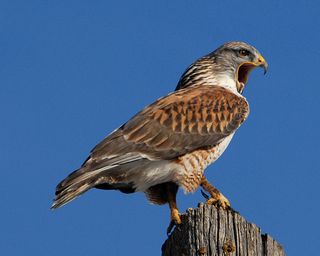
Ferruginous hawks (Buteo regalis) can be found in southwestern Canada, the western United States, and northern Mexico. Like most birds of prey, it mostly hunts small mammals, including rabbits, prairie dogs, gophers, mice and ground squirrels, but it can also eat smaller birds, fish, amphibians, reptiles and insects.
Sharp-Shinned Hawk
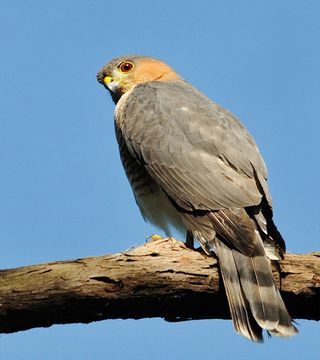
The Puerto Rican sharp-shinned hawk (Accipiter striatus venator) is a small forest hawk that grows to approximately 11 to 13 inches (28 to 33 centimeters) in length. It mostly feeds on even smaller birds, including quail, multi-colored tanagers and hummingbirds.
Red-tailed Hawk
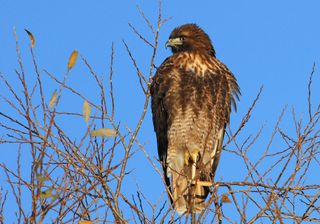
The red-tailed hawk, known as Buteo jamaicensis due to the original sighting of the bird in Jamaica, is the most common hawk in the United States. These hawks are monogamous and can mate for life, usually staying with their partner until one of them dies.
Bald Eagle
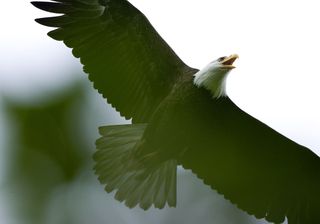
Bald eagles soar at an altitude of 10,000 feet (3,048 meters), reaching speeds of about 30 to 35 miles per hour. They are also very good swimmers, which comes in handy when they are hunting for fish. Keeping with its status as the U.S. national emblem, the bald eagle can be found in every state except Hawaii.
Goshawk
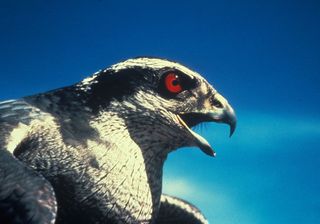
The goshawk (Accipiter gentilis) typically lives in heavily wooded forests throughout North America, Europe and Asia. Like the Puerto Rican sharp-shinned hawk, the goshawk mainly hunts other birds. It also eats woodland mammals, and can hunt prey as large as hares and foxes.
Sign up for the Live Science daily newsletter now
Get the world’s most fascinating discoveries delivered straight to your inbox.
American Kestrel
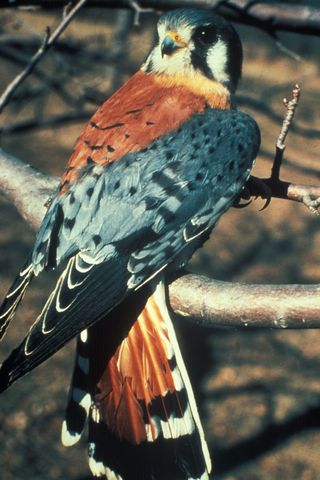
The American kestrel (Falco sparverius) is a small falcon and has dark marks framing its eyes, which are characteristic of falcons. It prefers to dwell near open fields, where it can perch tall trees and watch for prey such as insects and reptiles in the grass below.
Turkey Vultures
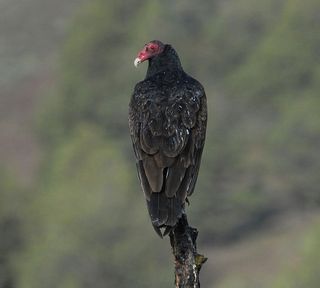
Also known as turkey buzzards, turkey vultures (Cathartes aura) are the only birds of prey that mainly feed on carcasses and carrion, which are the meaty remains leftover by other animals. They possess a keen sense of smell, and like many other vultures, the turkey vulture has a bald head. Theturkey vulture's name comes from its red, featherless head, which resembled that of a turkey.
Osprey
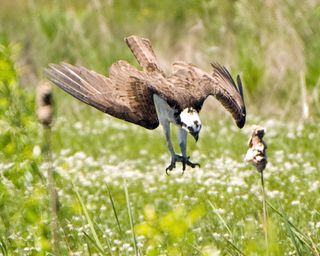
Like other birds of prey, the osprey (Pandion haliaetus) has sharp, rounded talons for grasping its prey. What makes it unique is that the osprey is the only raptor with a reversible outer toe, which allows it to grab prey with two front talons as well as its two back toes. Also known as sea hawks, ospreys can be found on all continents except Antarctica. The above Osprey is diving close to the ground in pursuit of its prey.
Prairie Falcon
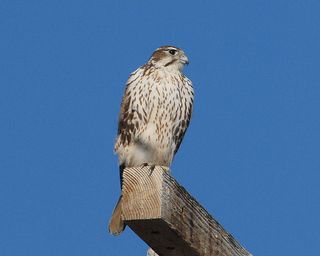
The prairie falcon (Falco mexicanus) can be found in western North America as well as southwestern Canada. This falcon searches for prey, which includes ground squirrels, small birds, reptiles and insects, during the daytime.
